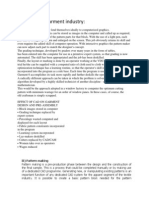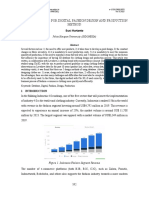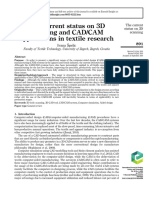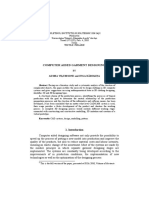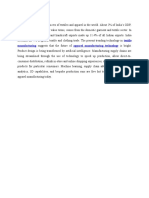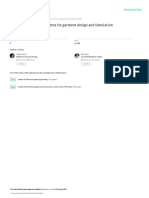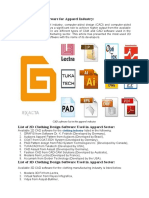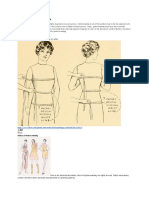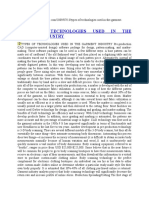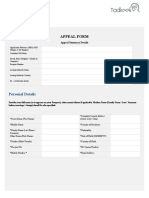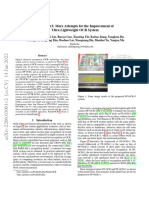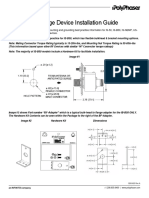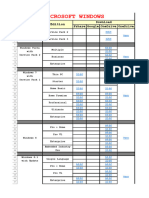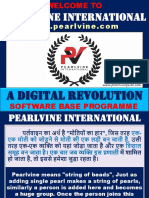0% found this document useful (0 votes)
74 views16 pages01 Introduction To Textile Software
The document provides an overview of the role of computer technology in the textile industry, highlighting key applications such as CAD, CAM, and CIM for product design and manufacturing. It details the new product development cycle, emphasizing the importance of market opportunity identification, concept generation, evaluation, and lifecycle management. Additionally, it discusses various software tools used across different textile processes, including yarn manufacturing, weaving, knitting, and garment design.
Uploaded by
Tasbir HasanCopyright
© © All Rights Reserved
We take content rights seriously. If you suspect this is your content, claim it here.
Available Formats
Download as PDF, TXT or read online on Scribd
0% found this document useful (0 votes)
74 views16 pages01 Introduction To Textile Software
The document provides an overview of the role of computer technology in the textile industry, highlighting key applications such as CAD, CAM, and CIM for product design and manufacturing. It details the new product development cycle, emphasizing the importance of market opportunity identification, concept generation, evaluation, and lifecycle management. Additionally, it discusses various software tools used across different textile processes, including yarn manufacturing, weaving, knitting, and garment design.
Uploaded by
Tasbir HasanCopyright
© © All Rights Reserved
We take content rights seriously. If you suspect this is your content, claim it here.
Available Formats
Download as PDF, TXT or read online on Scribd
/ 16











